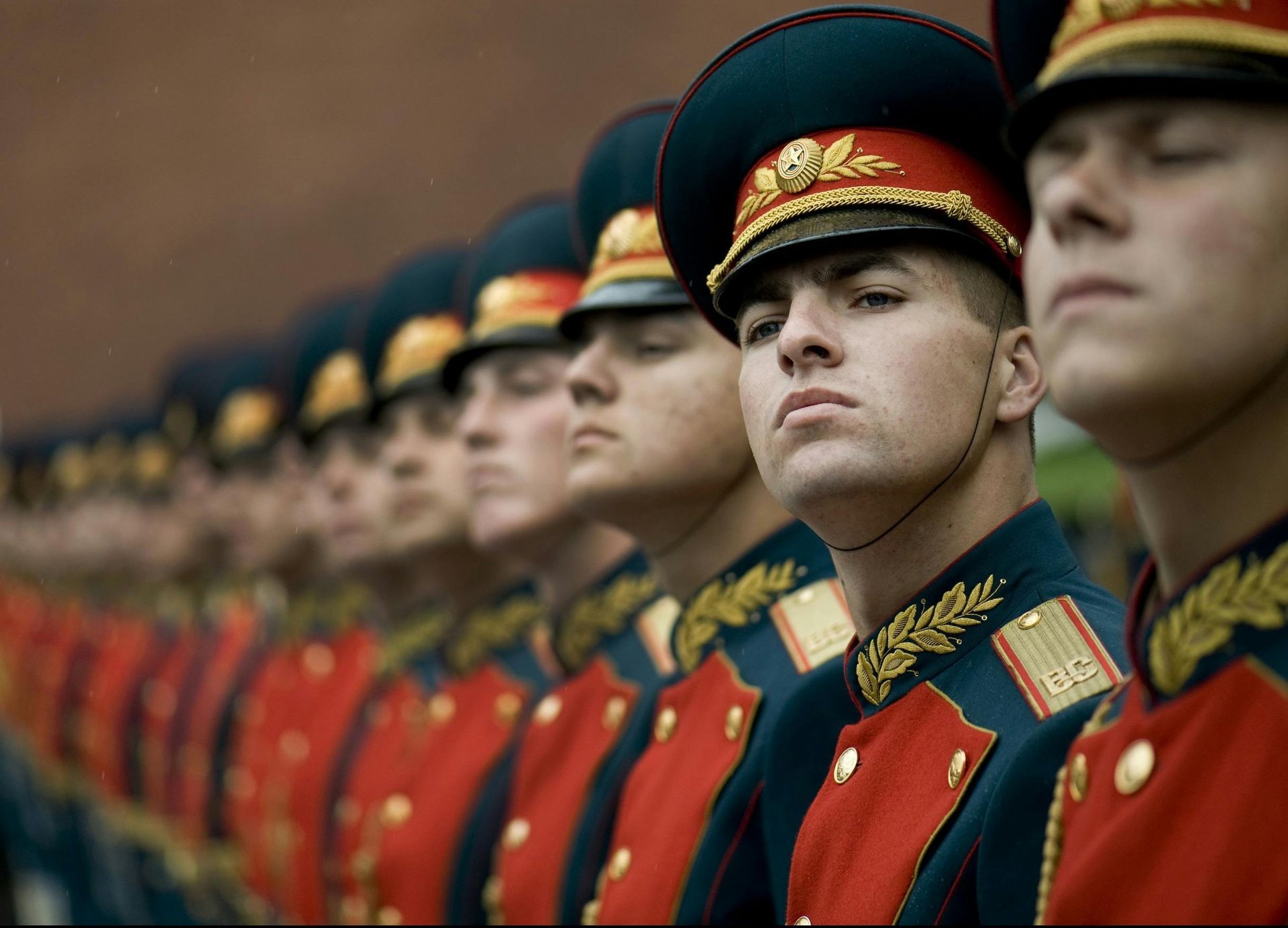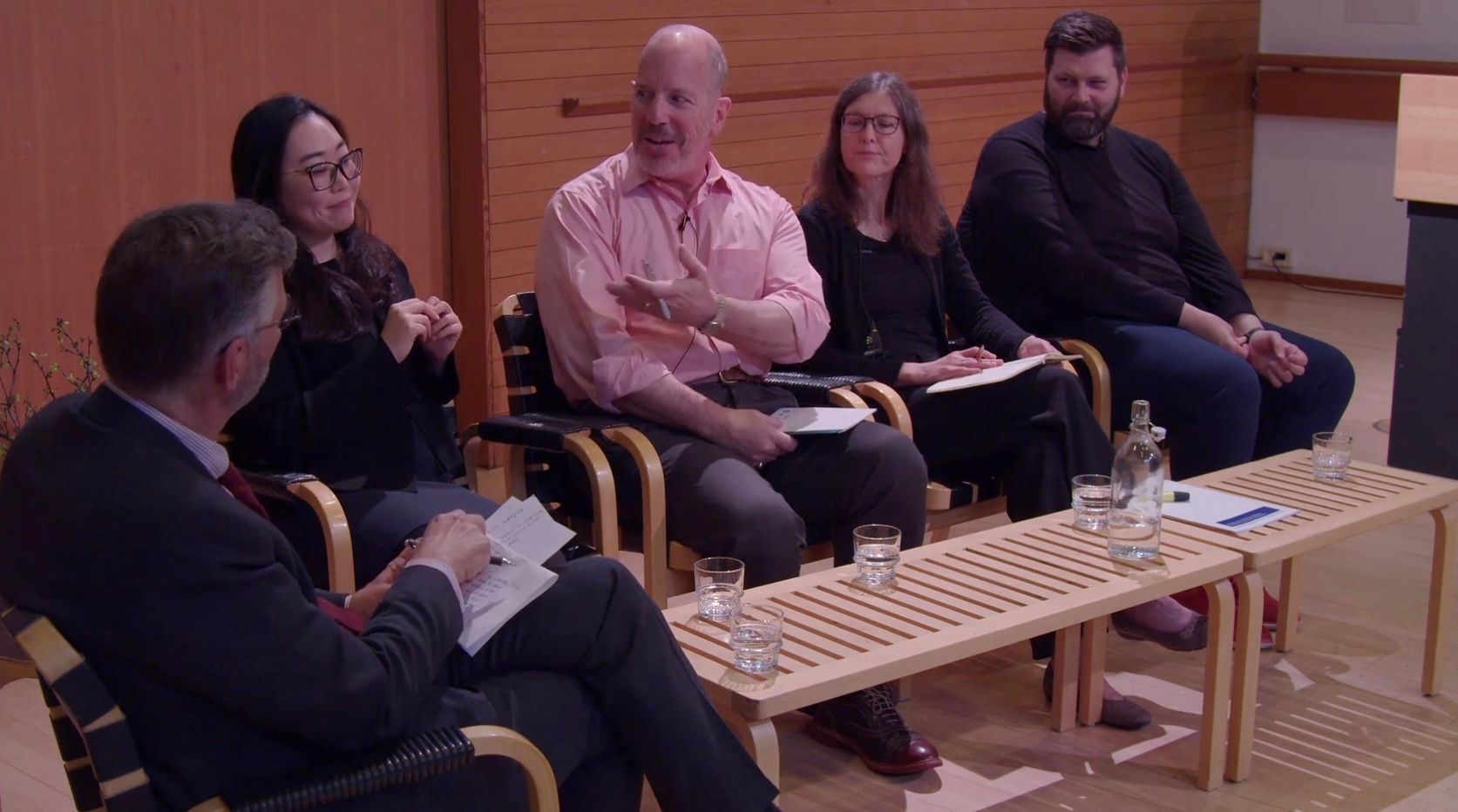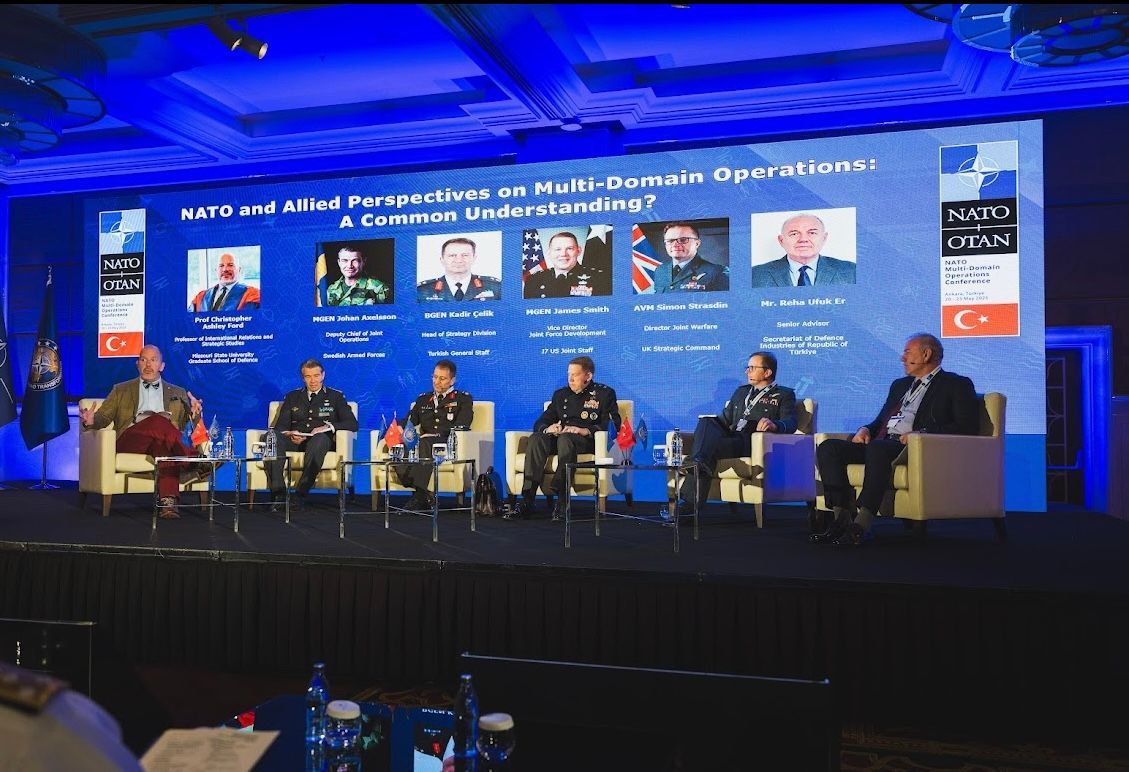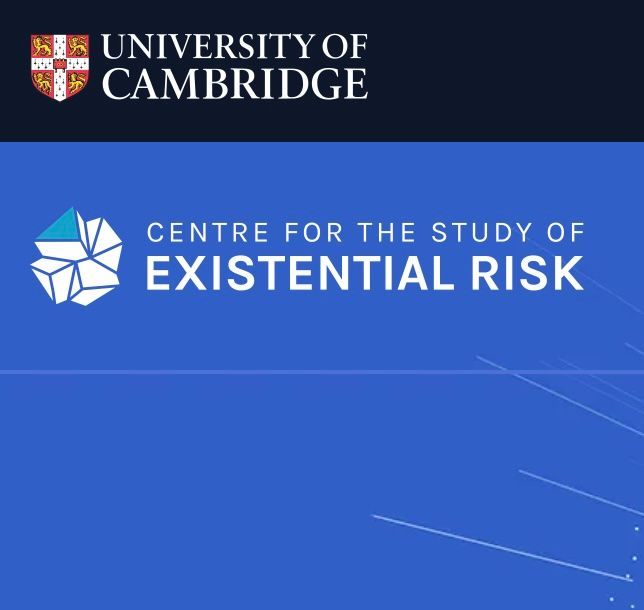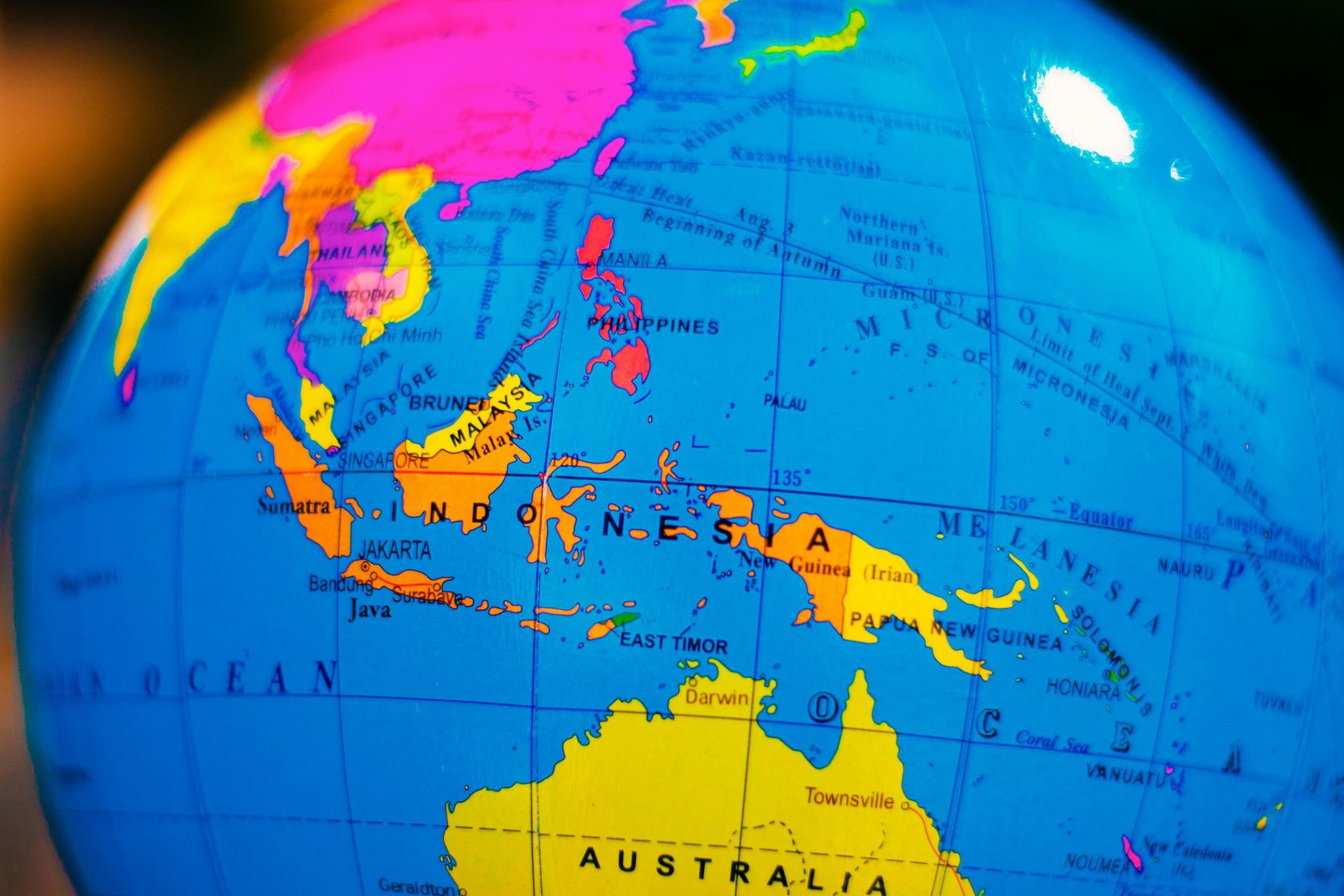Preventing Nuclear Smuggling
Note:
Below are the remarks Assistant Secretary Ford delivered at the Nuclear Security Working Group workshop on "U.S. Government Coordination to Address Nonproliferation," held at the Wye River Conference Center in Queenstown, Maryland, on September 29, 2018. These remarks may also be found on the website of the U.S. State Department's Bureau of International Security and Nonproliferation.
Good evening, everyone, and thank you for the kind introduction, Congressman Fortenberry.
In my career in the nuclear policy business — as a Senate staffer, as a think tank scholar, and in three different roles as a political appointee at the State Department — I have spent the lion’s share of my time worrying about arms control and strategic stability relationships with Russia, treaty compliance, policy issues related to the United States’ own nuclear stockpile, and the proliferation of nuclear weapons capabilities to rogue regimes such as Iran and North Korea. My current position running the Bureau of International Security and Nonproliferation (ISN) at the State Department, however, has given me a chance to explore other areas as well, and it has been great to have the chance to contribute to the security of the American people and to international peace and security in additional ways.
One of these issues that is relatively new to me — though in truth it is an area into which I began to move last year, when serving as Special Assistant to the President and Senior Director of the WMD directorate at the National Security Council — is nuclear security. ISN contributes to this critical field in various ways, and has indeed recently acquired additional responsibilities at the forefront of U.S. nonproliferation diplomacy as we have taken the baton from the NSC staff in representing the United States on the Nuclear Security Contact Group — the organization seeking to translate the momentum of the Nuclear Security Summit process into a sustainable normalization of nuclear security “best practices” into the day-to-day behavior of all states.
Nuclear security is an issue of enduring attention and priority for the United States, and for this administration. Due to the steady drumbeat of headlines and public attention given to higher-profile global security challenges such as those in North Korea and Iran some observers may conclude that those issues are all anyone works on in the nonproliferation business these days.
Such an impression would be entirely false, and that’s why I’m grateful to be able to talk today about the fight against nuclear smuggling. Combating such smuggling is one of the many critical responsibilities we have that one doesn’t hear about in the media every day, but I think that’s how it should be — for it is, in a sense, our solemn charge to do everything we can to make sure you don’t have to hear about it because it has been entirely suppressed. But it’s still good to talk about nuclear smuggling and nuclear terrorism from time to time, to ensure that everyone remains focused upon keeping this true.
I. Countering Nuclear Smuggling and Why It Matters
The reasons why this is important are probably pretty clear to everyone, but I think they’re still worth stressing. I’ll mention three: two that are directly related to the preservation of peace and security, and a third that most people don’t tend to remember, but really should.
First, nuclear materials and technology that aren’t properly secured can be stolen and trafficked to help facilitate the development of nuclear weaponry by rogue proliferators whose nuclear programs destabilize entire regions of the world and create geopolitical crises. Second, nuclear security helps ensure that terrorists don’t acquire such materials and know-how and use them to build an improvised nuclear device (IND) or spread radiological contamination with a so-called “dirty bomb.”
So those are a couple of very good reasons. The third reason, however, is unfortunately too often forgotten: the fact that effective nuclear security is an essential enabler for nuclear-related technical cooperation. As we all know, nuclear energy and technology can provide — and have long provided — immeasurable benefits to the people of the world for many decades, making possible advances in medicine, agriculture, health, industry, and many other areas.
But without reasonable assurances that sharing the nuclear know-how that makes such benefits possible would not result, for example, in terrorists building “dirty bombs” or INDs, all this benefit-sharing would grind to a halt. For this reason, far from existing in tension with spreading access to the benefits of nuclear technology, nuclear security is essential to the continuation of such benefits — even if this vital message is sometimes overlooked, or even deliberately obscured by those who may for their own reasons wish to weaken efforts to improve global nuclear security practices.
So that’s why we care — and why you should, too. And I know that you do. But what actually is the nuclear smuggling threat, and what are we doing to meet the challenge?
II. The Nuclear Terrorism Threat
In an era in which terrorists have learned to bring the threat of murderous violence to ordinary citizens not just through spectacular atrocities such as the attacks of September 2001, but nowadays also through seemingly random acts of public barbarity with deadly tools as simple and commonplace as knives or speeding vehicles, it is sometimes easy to forget how real these nuclear smuggling threats are. But they are unfortunately very real indeed.
On the one hand, the good news is that we have so far been successful in preventing radiological or nuclear (R/N) terrorism, thanks to lots of hard work by serious people and despite longstanding interest in and desire for such capabilities by dangerous terrorist groups. We do not believe that terrorists have yet been able to acquire R/N material on the international black market.
On the other hand, the bad news is precisely what makes the good news of this success so good: some bad actors do continue to seek such materials, and there is a black market out there in which traffickers do sometimes attempt to buy or steal — and of course, to sell — such things. We need to make sure these people fail.
In this context, weapon-usable nuclear materials pose the greatest threat because of their potential for use in an IND. I’ve spent a good deal of time out at the United States’ nuclear weapons laboratories, and I have some feel for the enormous degree of technological sophistication that goes into building — and keeping available, safe, and reliable — the sort of nuclear weapon that a superpower might put atop an intercontinental missile.
No terrorist group is likely ever to be able to construct such a top-shelf device, I’d imagine. Thankfully, moreover, making any kind of nuclear is trickier than one would imagine from watching cinematic thrillers. Nonetheless, we must be vigilant, and we must deny any terrorist access to the nuclear materials that would be needed actually to construct a device.
Even if terrorists decide that manufacturing an IND is beyond their technical capabilities, they can still use nuclear materials in a variety of malicious ways, including in a radiological dispersal device (RDD) — the “dirty bomb” threat I mentioned earlier, which basically consists of using conventional explosives to spread dangerous or disruptive radioactivity in the vicinity.
For this reason, we are also concerned about the security of certain radioactive sources that could be used in an RDD. A variety of industrial, medical, and research applications use radiological source materials of sometimes considerable radioactivity and longevity, and it is critical that we prevent such things from falling into the wrong hands.
Ongoing reports of R/N material seizures worldwide illustrate the urgency of meeting these threats. Most worrisome, since the 1990s, countries have reported 18 seizures of weapon-usable nuclear material in various quantities. This included several seizures of highly enriched uranium (HEU) in Georgia and Moldova in the 2000s — incidents which helped spark Georgia and Moldova to become two of our closest counter-nuclear smuggling partners, but which illustrate the seriousness of the problem. On at least a couple of occasions, with Chechen groups in Russia, terrorists have also tried to employ “dirty bombs,” though so far unsuccessfully.
In part due to decades of lax security practices in Russia and other portions of the former Soviet Union in the wake of the Cold War — problems that U.S. assistance programs were able for a time to help rectify — we cannot be sure how much R/N material has fallen outside of regulatory control.
So what are we doing about it?
III. Counter-Nuclear Smuggling Programs and Policy
Well, to begin with, we are working to spread — and to maintain — awareness of the problem. My bureau seeks to build and promote a shared vision of the R/N terrorism threat, and of how R/N material smuggling can increase the risks of such terrorism. Building a sound nuclear security culture and enlisting partners in the effort to prevent nuclear smuggling depends upon such awareness. More concretely, we also work — through a variety of capacity-building programs as part of the $250 million in nonproliferation programming funds that ISN administers — to strengthen nuclear security capabilities in the countries that retain R/N materials, and to partner with other states and international organizations to develop, share, and implement security and counter-smuggling “best practices” worldwide.
Some of these efforts include working with partner countries to ensure that where materials slip out of regulatory control and such smuggling does occur, these partners are prepared to locate, recover, and secure R/N materials that are discovered on the black market. Worryingly, this does occur from time to time, so we want to make sure that everyone does this work very well when it does!
What we seek to encourage and help build and maintain in partner states — as indeed we also work to help ensure in the U.S. Government itself — is a proactive, multi-layered, whole-of-government approach that incorporates legislation, intelligence, law enforcement, and technology. This kind of integrated effort can be challenging to develop, but such a model is clearly the best way to counter the threat of R/N terrorism, and it is part of our mission to help spread such practices worldwide.
As an example of the work we do in this arena, ISN encourages and, where appropriate, helps partner countries to protect R/N materials against both “outsider” and “insider” threats by implementing and enforcing security measures that meet international standards. We work to eliminate, consolidate, convert, or replace high-risk R/N materials wherever possible, as well as to deploy detection equipment and train equipment operators, both at and within national boundaries so that any unauthorized movement of such materials can be detected and stopped. We encourage and support investigations that track R/N smuggling activities and work to dismantle smuggling networks. We use nuclear forensics, including through cooperation with regional or international providers, to support investigations and legal proceedings involving criminal and terrorist activities connected to the use of R/N material. And we provide training and assistance to strengthen national legal and regulatory frameworks to meet international obligations such as the International Convention for the Suppression of Acts of Nuclear Terrorism (or ICSANT) and the amended Convention on the Physical Protection of Nuclear Material (CPPNM).
Much of our work in this area is carried out by ISN’s Office of Weapons of Mass Destruction Terrorism (WMDT), which works to strengthen cooperation with international partners to prevent, detect, and respond to R/N material smuggling. One way we do these things is through diplomatic engagements, such as negotiating and managing the implementation of Joint Action Plans — which we currently have with 14 partner countries, and which set forth commitments to joint efforts in preventing, detecting, and responding to R/N smuggling. Some of these engagements also include Counter Nuclear Smuggling Dialogues, which can focus on exchanging threat assessments, “lessons learned” analysis, and sharing of “best practices.”
We also ensure that ISN nonproliferation programs such as the Export Control and Related Border Security Program (EXBS) apply their expertise in building strategic trade control systems and improving related border security to the counter-nuclear smuggling effort. For example, EXBS provides border security training and equipment globally that builds and strengthens partner nation capacity to identify and interdict radiological materials.
As part of our broader nonproliferation programming — which, as I outlined at the Stimson Center last Tuesday, we are currently in the process of reforming in order to make it even more effective and able to respond to evolving security threats — we also conduct capacity-building programming to identify and help address critical, threat-based gaps and vulnerabilities in counter-nuclear smuggling programs in at-risk countries. Let me offer a few examples:
- We support a multinational project that is helping Ukraine secure its radiological sources in a newly constructed storage facility in the Chornobyl Exclusion Zone. We have also collaborated with NATO to remove vulnerable radiological sources from a former Soviet military site in Ukraine.
- We have implemented an “Orphaned Source Amnesty” project to reduce the number of institutionally homeless or abandoned radiological sources in partner countries.
- We are working with one partner country to protect its sensitive information on radioactive sources — that is, information the tracking of which is essential to sound security practices, but which, in the wrong hands, could provide terrorists or nuclear smugglers with a map of where to look for material — and we are working to provide system upgrades for that country’s relevant IT capabilities so as to prevent unauthorized access, damage, or destruction of its computer networks or sensitive information.
- Working with experts from the U.S. Department of Justice, we conduct bilateral workshops to examine partner countries’ legal statutes as they apply to various R/N material smuggling scenarios. To date, 60 percent of the countries we engaged have passed laws to prosecute R/N material smugglers.
- We also support partner countries’ efforts to create sustainable counter-nuclear smuggling expertise, such as by helping Armenia in its work to cultivate a new generation of nuclear forensics scientists to replace the generation now retiring.
Within the U.S. Government, we chair the Nuclear Trafficking Response Group, which coordinates the U.S. government response to foreign requests for assistance, directly helping countries recover material. We also serve as the U.S. point of contact for the IAEA’s Incident and Trafficking Database (ITDB) program, which — while hardly perfect, and even today at risk of being undermined by Russia as a result of embarrassment over the ITDB’s inclusion of information about the Kremlin’s use of radioactive polonium to assassinate Alexander Litvinenko in 2006 — is the only program in the world that attempts to account for R/N material out of regulatory control.
Multilaterally, we engage with other donor countries and international bodies and programs, such as the IAEA, INTERPOL, the U.N. Office of Drugs and Crime, the Global Partnership, and the European Union to coordinate and leverage activities and resources in support of worldwide counter-nuclear smuggling efforts. We also co-chair, with Russia, the Global Initiative to Combat Nuclear Terrorism (GICNT), an international partnership committed to strengthening the global capacity to prevent, detect, and respond to nuclear terrorism. GICNT provides a forum for its 88 partners to strengthen national capabilities to counter nuclear smuggling by convening representatives from law enforcement, regulatory, and technical agencies to share information and best practices, and it promotes opportunities for countries to partake in tabletop and field exercises that integrate nuclear detection and forensic capabilities to investigate and prosecute incidents of R/N material smuggling. In collaboration with our Department of Justice colleagues and other U.S. experts, we also conduct multilateral workshops on R/N material smuggling prosecution best practices.
IV. Conclusion
I do not mean to suggest that there isn’t still much to do in this arena in order to make nuclear smuggling a thing of the past. To begin with, of course, we need to make sure that our current emphasis upon countering nuclear smuggling continues, and that essential programming in this arena gets the political support and resources it requires. Beyond simply keeping this good work going, I have some additional priorities:
- I am keen, for instance, to make sure that the Nuclear Security Contact Group does not drop the ball and slide into lethargy in its mission to bridge the gap between the old Nuclear Security Summit process and the “new normal” we are trying to build in which sound nuclear security practices become as natural, habitual, and automatic for everyone as is breathing itself.
- I also want to make sure the IAEA’s Division of Nuclear Security lives up to its promise — that is, that it gets the political support and the resources it needs from IAEA Members and senior leadership within the IAEA Secretariat, and that the Division figures out how to coordinate and promote nuclear security efforts with the vigor and vision that they require.
- And I aim to work with my diplomatic counterparts to promote a shared vision of nuclear security that not only enshrines good security practices as the normal and universally-expected baseline of responsible international behavior, but that also cuts through and demolishes the dangerous false narrative that nuclear security exists in tension with the sharing of the benefits of nuclear technology. As I noted at the outset, nothing could be further from the truth. Good security practices are a critical enabler for peaceful sharing, and we must let no one forget it.
But for all this work we have yet to do, I’m pleased to have the chance to explain what is already being done. We are indeed working hard to make sure that nuclear terrorism remains, forever, merely a hypothetical problem. I hope we can count on support and encouragement from all of you as we continue to push forward in the months and years ahead.
Thank you.
-- Christopher Ford
